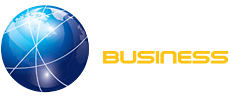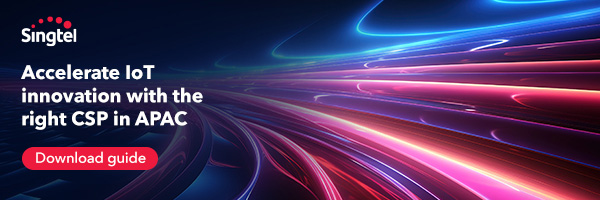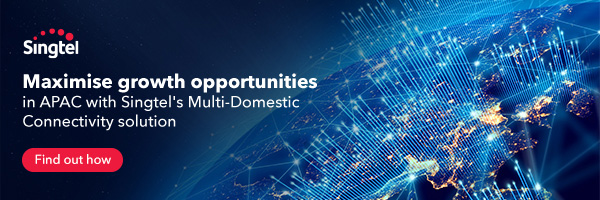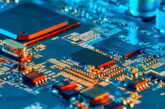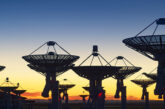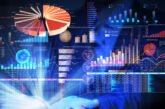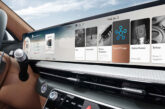
The Internet of Things (IoT): A Revolution in Connectivity
The Internet of Things (IoT) has become a ubiquitous term in the realm of technology and innovation, promising to reshape the way we interact with our environment and the devices that surround us. This article aims to provide a comprehensive understanding of what IoT is, its core concepts, its impact on various industries, and its implications for our daily lives.
Defining IoT
At its core, IoT is a network of interconnected physical objects, devices, vehicles, buildings, and even people that are embedded with sensors, software, and network connectivity. These “smart” objects can collect and exchange data, facilitating the seamless integration of the physical and digital worlds. The key elements that define IoT are:
1. Connected Devices: These can range from household appliances and wearable fitness trackers to industrial machinery and autonomous vehicles. Any physical object can become a part of the IoT when it’s equipped with sensors and connectivity.
2. Sensors: Sensors are the workhorses of IoT. They gather data from the physical world, measuring everything from temperature and humidity to motion and location. These sensors act as the eyes and ears of IoT devices.
3. Connectivity: Data collected by IoT devices is transmitted over networks, which can be wired or wireless. The data is then sent to cloud-based platforms for storage, analysis, and interpretation.
4. Cloud Platforms: Cloud platforms play a vital role in IoT by storing and processing the immense volume of data generated by IoT devices. They also provide a centralized location for data analysis and management.
5. Data Analysis and AI: The data collected from IoT devices is valuable, but to make it truly useful, it needs to be processed and analyzed. AI (Artificial Intelligence) and machine learning are often used to glean insights from this data.
How IoT Works
IoT devices work together in a structured ecosystem to collect, transmit, and interpret data. Here’s how IoT typically functions:
1. Data Collection: Sensors in IoT devices gather data from their surroundings. This can include temperature readings, location data, air quality measurements, or any other relevant information.
2. Data Transmission: The collected data is transmitted to a central server or cloud platform through wired or wireless networks. This data is often sent in real-time to ensure up-to-the-minute insights.
3. Data Storage and Analysis: The data is stored on cloud servers and is processed and analyzed using AI algorithms and machine learning. This stage is crucial for transforming raw data into actionable information.
4. User Interface: The processed data can be accessed by users through web applications, mobile apps, or other interfaces. This is where individuals or organizations can view, manage, and make decisions based on the IoT data.
Impact of IoT on Industries
IoT has had a profound impact on various industries, offering innovative solutions and revolutionizing processes. Some key sectors that have been transformed by IoT include:
1. Healthcare
In healthcare, IoT devices are used for remote patient monitoring, medication adherence, and even surgeries performed by robotic arms. These technologies improve patient outcomes and provide real-time health data to medical professionals.
2. Agriculture
IoT-enabled sensors in agriculture can monitor soil conditions, weather, and crop health. This data allows farmers to optimize irrigation, minimize waste, and increase crop yields.
3. Manufacturing
IoT has ushered in the era of “smart factories.” Machines equipped with sensors communicate with each other and with a central system, allowing for real-time monitoring, predictive maintenance, and efficient production.
4. Transportation
IoT plays a crucial role in the development of autonomous vehicles. Sensors and connectivity enable self-driving cars to navigate roads safely and efficiently. Additionally, IoT has transformed logistics and fleet management, improving route optimization and reducing fuel consumption.
5. Smart Cities
IoT applications in smart cities include intelligent traffic management, waste management, energy consumption optimization, and public safety enhancements. These solutions make urban living more sustainable and efficient.
6. Retail
IoT has introduced innovations like smart shelves that monitor inventory, personalized marketing through beacons, and cashier-less stores. These developments provide a seamless and personalized shopping experience for customers.
Implications of IoT for Daily Life
IoT’s impact isn’t limited to industries; it has made its way into our daily lives. Here are some ways in which IoT has transformed our routines:
1. Smart Homes
IoT devices like smart thermostats, lights, and security systems enable homeowners to control and automate various aspects of their homes remotely. Voice-activated virtual assistants like Alexa and Google Assistant make it even easier to manage these devices.
2. Wearables
From fitness trackers to smartwatches, wearables use IoT technology to monitor and relay health data, track physical activity, and provide timely reminders.
3. Connected Appliances
Refrigerators, ovens, and washing machines equipped with IoT capabilities can communicate with users’ smartphones, offering convenience and efficiency.
4. Home Security
IoT security cameras and sensors enable homeowners to monitor their properties remotely. Alerts are sent to their phones in real-time, providing peace of mind.
5. Personalized Services
IoT allows businesses to offer personalized services based on customer behavior and preferences. This can include location-based recommendations, customized marketing, and tailored product offerings.
The Future Trends of IoT: Shaping Tomorrow’s Connected World
The Internet of Things (IoT) is at the forefront of technological innovation, and its future holds exciting possibilities. As IoT continues to evolve, several key trends are emerging, which promise to reshape the landscape of connected devices and data-driven applications. In this article, we will explore these future trends of IoT and their potential impact.
Edge Computing and IoT
One of the most significant trends in IoT is the convergence with edge computing. Edge computing involves processing data closer to the source, at the edge of the network, rather than sending it to centralized cloud servers. This trend significantly reduces latency, allowing for real-time decision-making. IoT devices, equipped with edge computing capabilities, can make faster and more localized decisions, leading to more efficient and responsive systems. This trend is particularly crucial for applications that require low latency, such as autonomous vehicles and industrial automation.
5G Connectivity
The rollout of 5G networks promises to impact IoT. The higher bandwidth and lower latency of 5G will provide faster and more reliable connectivity to IoT applications. With 5G, time-critical IoT applications can operate more efficiently, making them more capable and responsive. From smart cities to healthcare and transportation, 5G will enable a wide range of IoT use cases that were previously limited by connectivity constraints.
Artificial Intelligence Integration
The integration of artificial intelligence (AI) with IoT is already transforming the capabilities of connected devices. AI-powered IoT systems can analyze and interpret data, make predictions, and adapt to changing conditions. This integration enhances the intelligence and automation of IoT devices, enabling them to learn from data and make decisions without human intervention. For instance, AI-powered cameras in smart homes can identify security threats or monitor energy usage to optimize efficiency.
Security and Privacy Concerns
As the IoT ecosystem continues to expand, security and privacy concerns are becoming increasingly important. With more devices connected to the internet, the attack surface for cyber threats widens. Ensuring robust cybersecurity measures is essential to protect sensitive data and devices. Privacy regulations and user controls are also playing a more significant role in shaping the way IoT data is collected and managed. These considerations are critical to maintaining user trust and the long-term success of IoT applications.
Sustainability and Green IoT
Sustainability is a growing trend in the IoT landscape. As environmental concerns become more prominent, the development of low-power IoT devices and sustainable manufacturing practices is a top priority. Green IoT solutions aim to minimize the environmental impact of IoT technology. These efforts include using renewable energy sources, designing energy-efficient devices, and promoting eco-friendly manufacturing processes.
Interoperability and Standards
To realize the full potential of IoT, interoperability and standardized communication protocols are essential. Future IoT systems must seamlessly connect and communicate with various devices and platforms. The lack of interoperability can be a significant barrier to IoT adoption. Industry standards and collaborations will play a key role in achieving this level of compatibility, ensuring that IoT devices and ecosystems work together seamlessly.
In conclusion, the future trends of IoT promise to revolutionize the way we interact with technology and the world around us. Edge computing, 5G connectivity, AI integration, security measures, sustainability, and interoperability are all poised to play a pivotal role in shaping the IoT landscape of tomorrow. As IoT continues to mature and expand, its impact on industries and daily life will only grow, offering innovative solutions and making our world more interconnected and efficient.
